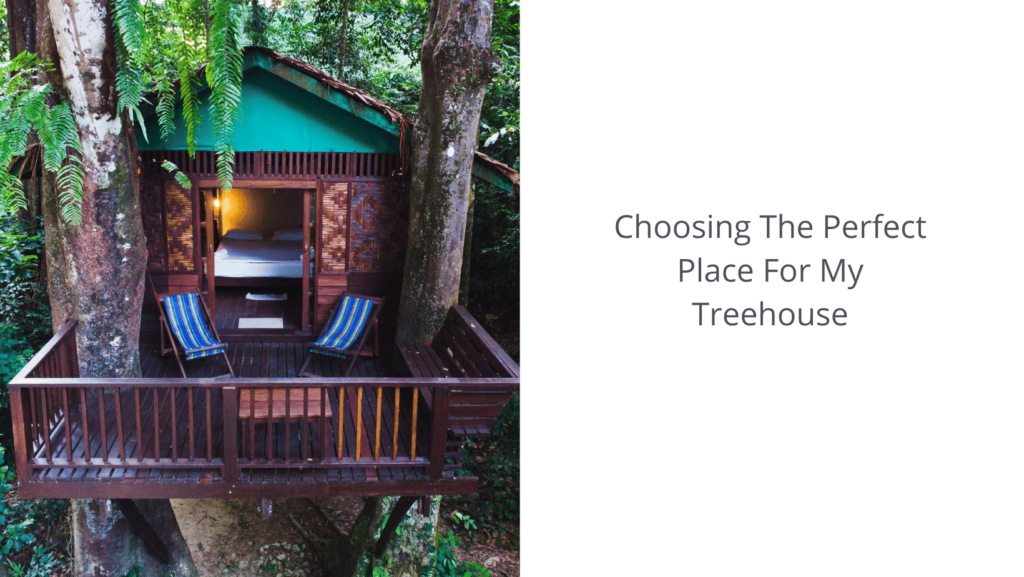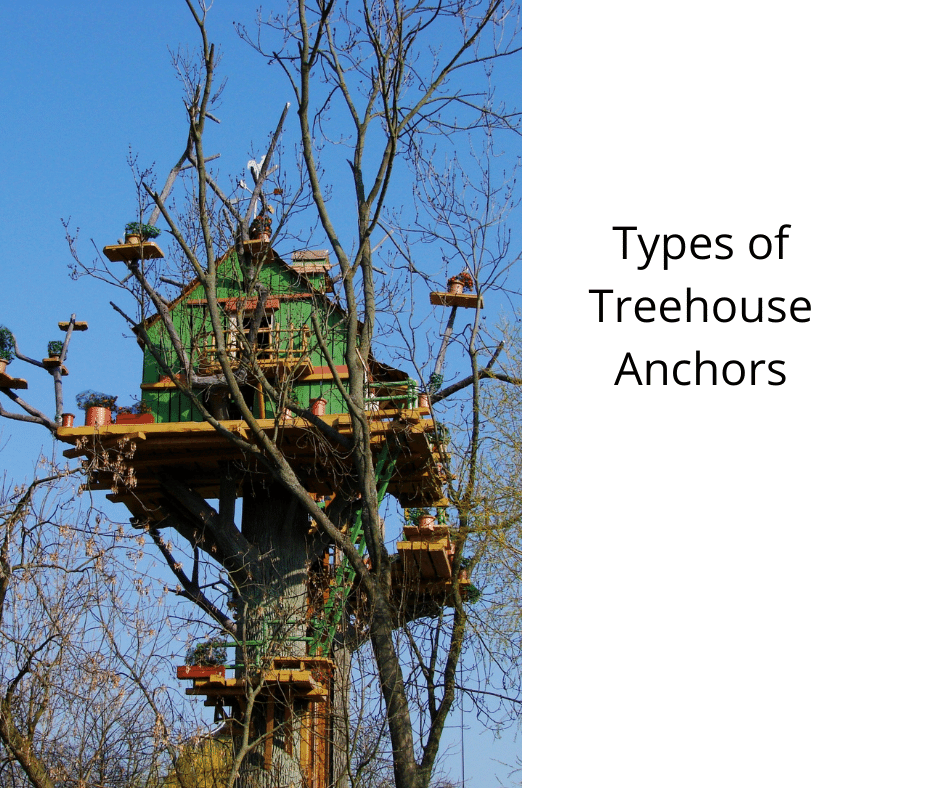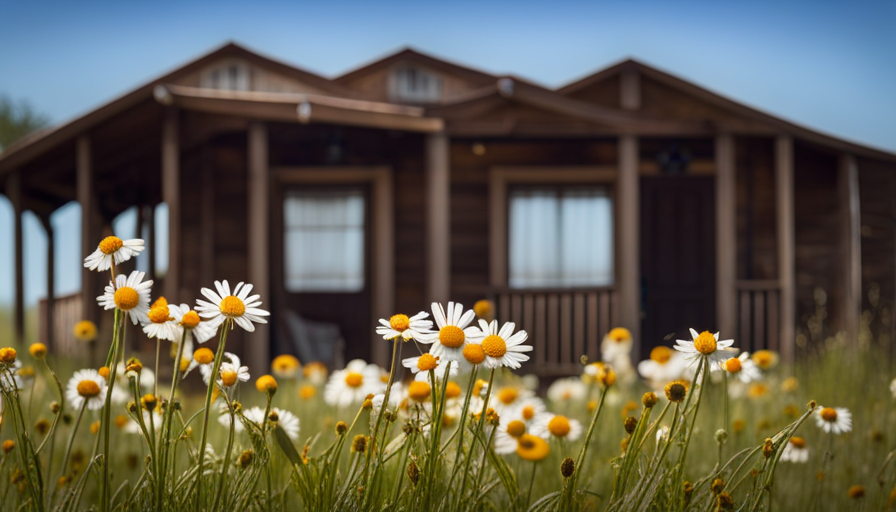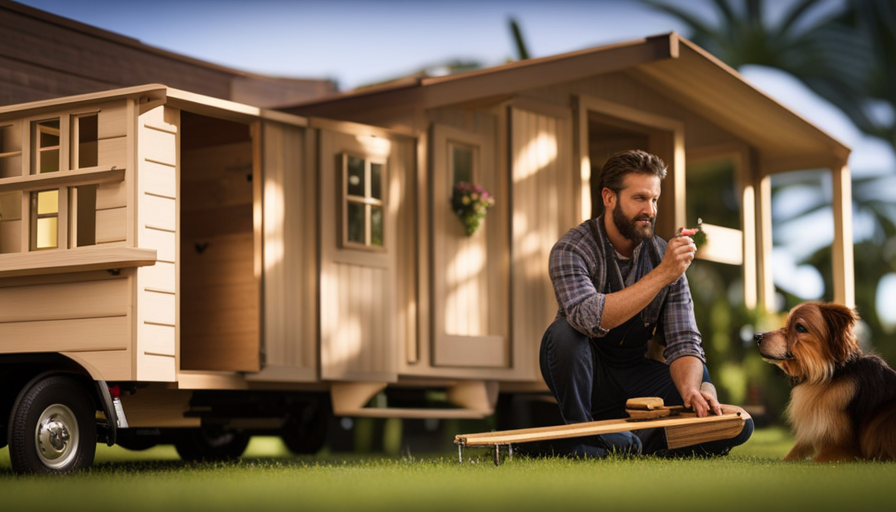Choosing a tree for your treehouse project can be both exciting and important. Factors to consider include the tree’s location, species, treehouse design, and safety precautions. This guide will explore the basics of planning and building a treehouse. By the conclusion of this article, you will have the information needed to select the perfect location for your treehouse. If you have any questions, our FAQs section is available to help.
Location of A Treehouse
The location of a treehouse will have an effect on its functionality and view. The location should also be within the limits of the tree’s structural integrity. If you’re planning to mount the treehouse to a single tree, the trunk should be at least 12 inches in diameter. If you’re planning to mount it to multiple trees, you can choose a smaller diameter tree. If you’re building a treehouse in a park, you’ll want to find a location that’s away from high traffic areas.
Located near the southern edge of the Adirondack Park, this treehouse offers great views of the surrounding landscape. During the summer, you can enjoy hiking, boating, or fishing, and in the winter, you can take advantage of snowmobile trails and ski slopes. You’ll want to consider a treehouse that has both a view, but you’ll also want to consider the comfort level of the space.
You’ll find the perfect treehouse near a lake or a forest. You can stay in a rustic treehouse that’s 250 square feet in size, complete with all the comforts of home. Or, you can choose to stay in an Airbnb treehouse, which features modern interiors, a large living room, and a panoramic view of the lake. You can also rent a treehouse near a popular tourist destination like Woodstock.
If you’re looking for a luxurious treehouse, try a glamping treehouse. In LaFayette, New York, there’s a treehouse with a cozy living room, full kitchen, and private bath. The building has a private porch outside that provides a peaceful place to sit and read a book or meditate. Consider staying in a treehouse with your partner or loved one for a romantic getaway.

Trees with Particular Qualities
Almost any tree species can be used for a treehouse, but you will need to add extra supports and make the structure smaller than the tree. Silver maple, sugar maple, box elder, and hedge maple are all great treehouse choices. Other suitable trees include English oak and red oak. Tulip, Lombardy poplar, and hemlock trees are also excellent choices.
The best tree for a treehouse is a mature one that is large and flexible and is not susceptible to disease. It should also be mature, but not too old. It will be much more difficult to anchor a structure to an old tree, increasing the risk of damaging it. It is also best to avoid attempting to use old, dead, or dying trees for your treehouse. Also, the more screws you use, the greater the chance of damaging the tree.
When choosing a tree for a treehouse, look for signs of insect infestation, such as holes in wood. Carpenter ants and termites may have invaded the tree and weakened it. Depending on your treehouse’s location, avoiding these insects is best so that you and your children can enjoy the best views possible. You should also be aware of any signs of disease or insect infestation.
The first step in building a treehouse is to find a healthy tree. Avoid trees with shallow roots. Using treehouse plans is also important because they ensure you use the right materials during the construction. Your plans should include the dimensions of the platform, walls, and railings, which are necessary for safety and support. After building the foundation, you should attach the treehouse to the tree with five/8-inch-thick wooden beams.
Design of A Treehouse
The design of a treehouse is an important consideration when planning a building. Since trees are prone to swaying and the wind will push them around, it is essential that the structure takes this into account. Trying to force trees to stay still will damage the structure and the tree. Spacers are essential to keep the house stable and safe. If the building is going to be located on a high tree, you must ensure that there is enough space below it to move around.
The floor of the treehouse should be solid and stable. The wall construction should be strong enough to support the roof and all the other elements. The roof should be solid and should not be too heavy. Windows should be small and placed on a solid platform. The design should be intuitive and come naturally during the making process. Although there are general guidelines to building a treehouse, each tree is different and has different requirements. By following these guidelines, you can tailor the treehouse’s design to meet the tree’s needs.
A treehouse should have an attractive exterior that blends well with its surroundings. Natural woods and reclaimed materials work well with rustic exteriors. While rustic interiors are not appropriate for every situation, they can be luxurious. Another important consideration when designing a treehouse is access. Consider a classic ladder or a rope bridge for access. Or you can even opt for formal stairs. Regardless of the style, the access to the treehouse should be simple and comfortable.
A treehouse is an ideal home for a family. Designed in a way that fits into the natural surroundings, this home has a unique design and feel. The main living area is placed in the tree canopy for optimal natural light. The exterior and interior materials are all natural, while the open spaces offer a unique perspective of the surrounding forest. The interior materials are mostly wood and other natural materials, while the mix of circular and straight lines creates the perfect balance of light and shade.
Safety of Building a Treehouse
Despite its attractive look, building a treehouse can be hazardous. Children should be supervised at all times, and you must avoid placing the structure too close to power lines or other dangers such as chimneys. You should also avoid building a treehouse on public land, as it is usually illegal and could negatively affect the natural habitat. Furthermore, you should avoid building a treehouse on public property during inclement weather. In addition, you should not build a treehouse higher than 8 feet, and never build a treehouse in an area with high winds, since it can cause a fire.
If you are building a treehouse in the wild, make sure the railing is 36 inches high, and the balusters are spaced four feet apart. A sturdy tree with “V”-shaped branches is recommended to provide extra support and strength. A strong, sturdy tree is also the best choice, since it will hold the house without risking damage to the tree. Besides, it will give you a view of the beautiful nature of the surrounding landscape.
Choosing the right materials and building methods is crucial in building a treehouse. First, you should choose the type of tree you plan to use. Most homeowners will choose wood as this is the most accessible material and looks the best in a tree. However, you should avoid using wood for handholds, as these can cause splinters or snagging hazards. It is also important to use self-countersinking screws, which ensure that the head of the screw will be below the surface of the wood. Moreover, make sure that you use countersunk holes for large fasteners.
Another way to ensure safety is to build a wall around the treehouse. This can be a safer option than installing guard rails. Moreover, children under six years of age should never be left alone in a treehouse. It is also important to consider how to access the treehouse. You can use a few access methods, including an inclined ramp and rope ladder. The latter option is recommended if you are not a seasoned builder.
Choosing a Treehouse
One of the most important factors to consider when deciding where to build a treehouse is location. There are many benefits to building your treehouse in a natural environment, but you need to choose the right place. First, you should select a tree next to your favorite. Although you may prefer a particular species of tree, you may not want to damage it. In addition, you should select a tree that is easily accessible.
The design of your treehouse depends on the location you choose. You will either build your treehouse on one single tree or several trees. You should make sure the tree is strong enough to support your structure, and you should also consult an arborist to ensure the tree is healthy. A professional arborist will also be able to tell you the growth rate of the tree. Remember to develop a detailed plan before you start your project.
Deciduous trees are best for building your treehouse. Since they lose their leaves in the fall, these trees are better suited for building your treehouse. These trees also grow slowly and have strong wood. Deciduous trees are great choices for building a treehouse because they are large and can handle a variety of climates. However, if you have a favorite tree, try to choose another one.
The location of your tree is crucial. Choose a tree with the right branch structure and deep roots for the structure. Choose a location that is far from high winds and other potential hazards. Choose a mature tree that does not have too many branches, as this might stress it out and hasten its demise. It is also important to consider the value of the tree as this can make or break your project. For instance, if the tree you chose is a rare specimen, you may not want to build your treehouse in a place where it is likely to get damaged or die.
Hi, I’m Emma. I’m the Editor in Chief of Tiny House 43, a blog all about tiny houses. While tree houses are often associated with childhood, they can be the perfect adult retreat. They offer a cozy space to relax and unwind, surrounded by nature. And since they’re typically built on stilts or raised platforms, they offer stunning views that traditional homes simply can’t match. If you’re looking for a unique and romantic getaway, a tree house tiny house might just be the perfect option.










